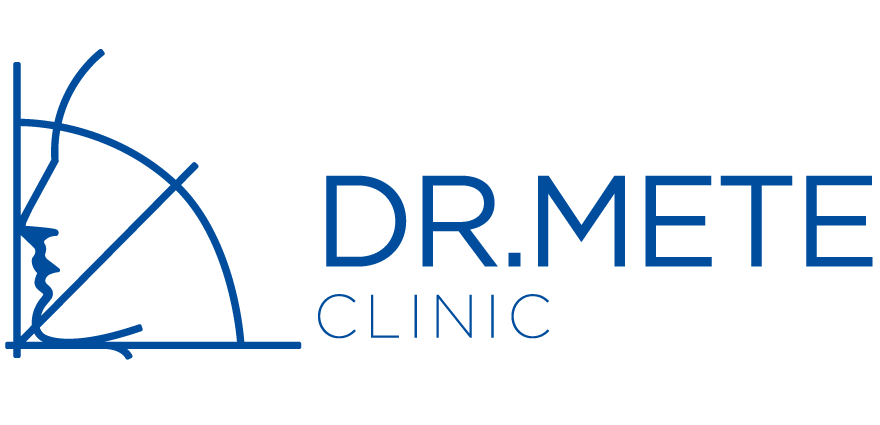During the reconstruction of bony structures, bone blocks or particles which are called bone grafts, are utilized. There are several types of bone grafts; 1. Autogenous Bone Grafts When the required bone is obtained from the patient’s own body it is called autogenous bone graft. The usual intraoral donor sites are chin, posterior mandible or palate. If a large amount of bone graft is needed, distant donor sites such as hip or skull are utilized. Autogenous grafts have an excellent potential for revascularization but in long-term, they may undergo severe resorbtion. 2. Allografts Bone grafts taken from human cadavers are called allografts. They may either be as blocks or granules. Their osteoinductive potential is lower than autogenous grafts. 3. Xenografts Xenografts are the types of grafts extracted from animals. The grafts are treated by various procedures to ensure that no organic remnant of the donor remains. This type of graft is very useful in the areas where postoperative bone stability is crucial. 4. Alloplast Bone Graft The alloplastic bone graft is an additional choice for a patient getting ready for dental implants. This graft is either artificially manufactured or made from natural materials like minerals. 
Send a message

This website uses cookies to improve your web experience.


